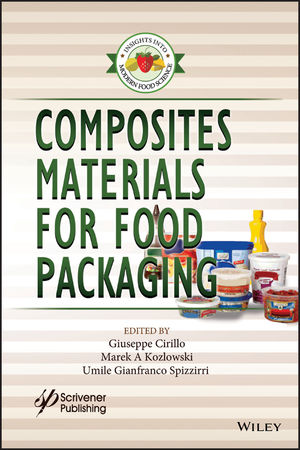
The Hosokawa Micron Air Jet Sieve uses the pneumatic sieving principle. In Cumberland’s lab, this is a single-screen operation where the fines are detected, eliminating the likelihood of particle cohesion. Should multiple analysis points be required, the process is continued using the next-coarse test sieve screen. Source: Newark Wire Cloth.
Cumberland Packing Corp., headquartered in Brooklyn, NY, started as a small condiments packaging company. Ben Eisenstadt, its founder, was the pioneer of the single-serve sugar packet. In the late 1950’s, Cumberland began packaging a formulation that used the zero calorie sweetener, saccharin, and by the mid-1960’s, Sweet’N Low became a household name. Some 400 employees work in the main Brooklyn facility, and the processor also has a facility in England that serves the European market.
Over the years, Cumberland expanded its product line to include other zero-calorie products, such as NatraTaste Blue, NatraTaste Gold, Butter Buds (a natural dry butter granulated substitute flavor), Nu-Salt salt substitute and two other natural products-Stevia Extract In The Raw and Sugar In The Raw.
Particle size analysis holds a place of prime importance in the food industry, and it is especially important as Cumberland monitors its incoming ingredients. For example, Cumberland’s ingredients are checked in its own labs to confirm the required specifications. The repeatability and reliability of measuring with a sieve determine the outcome of the analysis.
Cumberland has laboratories with its own technicians. Screens are used, cleaned and inspected daily, with replacement screens always in stock. The ultimate goal for Cumberland is to produce a safe, superior, Grade A-quality product for its consumers, and sieves are an important component of that process.
For ease of use, accuracy and reliability, Cumberland chose Hosokawa’s Micron Air Jet Sieve for its critical lab-testing procedures. A sieve analysis is dependent on the integrity of the sieve shaker and the test sieve. The Hosokawa device uses dynamic sieving principles to ensure accuracy and reproducibility of the analysis. Hosokawa uses Newark Wire Cloth as its exclusive supplier of air-jet test sieve screens. The Newark Wire Cloth air-jet test sieve screen features a single-piece crevice, free-frame construction. In conventional air-jet test sieves from other suppliers, frame design often allows for cracks, crevices, weld marks and the use of rivets for label identification, which reduce accuracy.
While the Hosokawa unit is instrumental to lab testing of powders, the screens are critical. “The air-jet unit itself is not calibrated,” says Tony Fierro, Cumberland director – technical services. “The screen is the integral part that is monitored. The screens are inspected daily,” he adds. The machine, itself, undergoes routine maintenance, says Fierro.
Hosokawa found that the Newark Wire Cloth air-jet test sieve’s intrinsic quality facilitates cleaning, autoclaving and sterilizing without the risk of damage. The expected lifecycle of a test sieve varies: Some sizes wear out more quickly than others due to constant usage. Cumberland insists on good lab procedures and cleaning techniques, so the most frequently used sieves are replaced every six to eight months. “We have a standard operating procedure of replacing screens on a rotating basis by usage,” says Fierro. “This was developed by determining the usages of the screens, which is, in most cases, a very lengthy period of time due to their quality.”
In the lab, sieves are employed for product development, qualification of ingredients and final inspection of products. Other, larger screens are used in processing. Size 200, 325 and 400 screens are used to check granulation. An important part of the process engineering is to ensure the ingredients remain homogeneous, and sieves are available with screens of 200mm and finer for accurate sizing of very fine materials.
For more information:
Richard Campbell, Newark Wire Cloth, 800-221-0392









